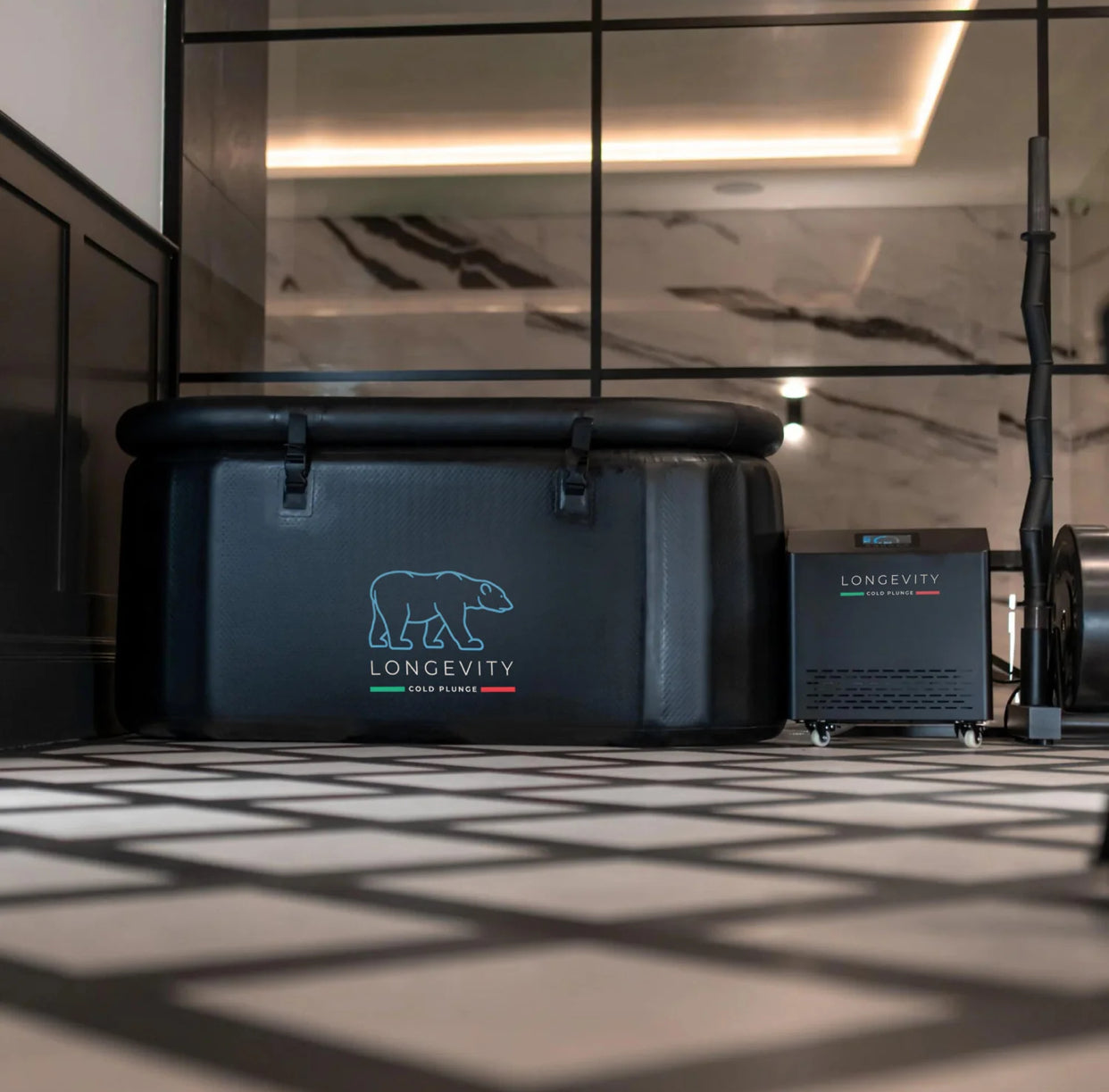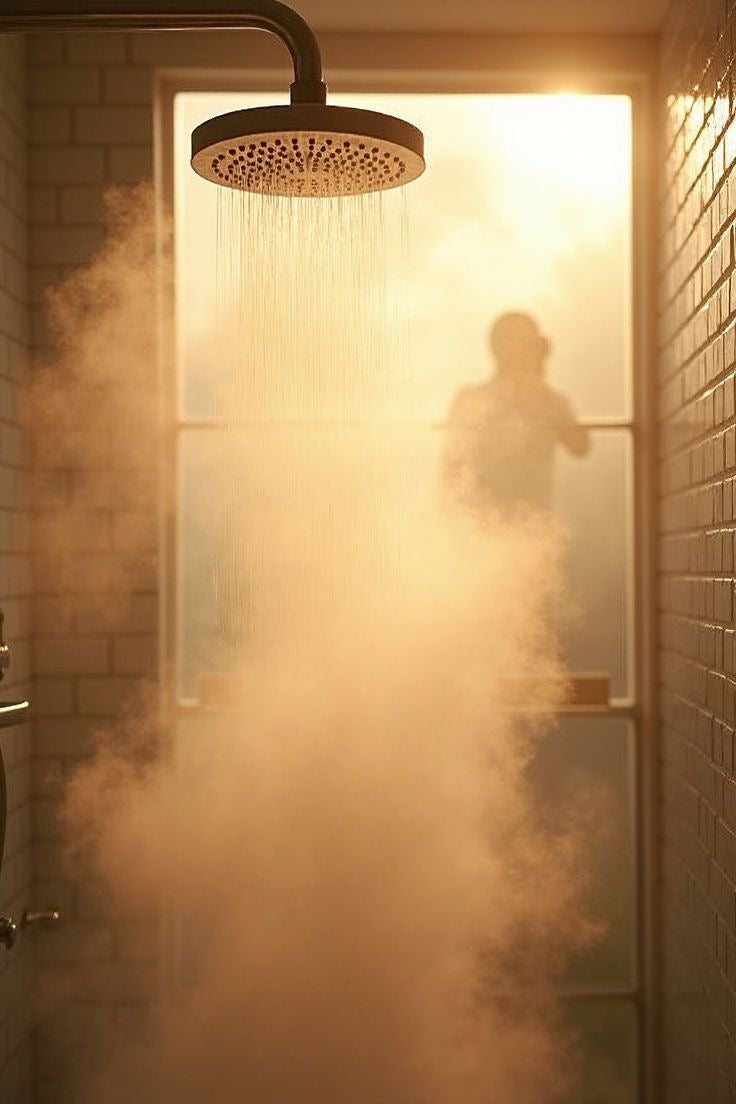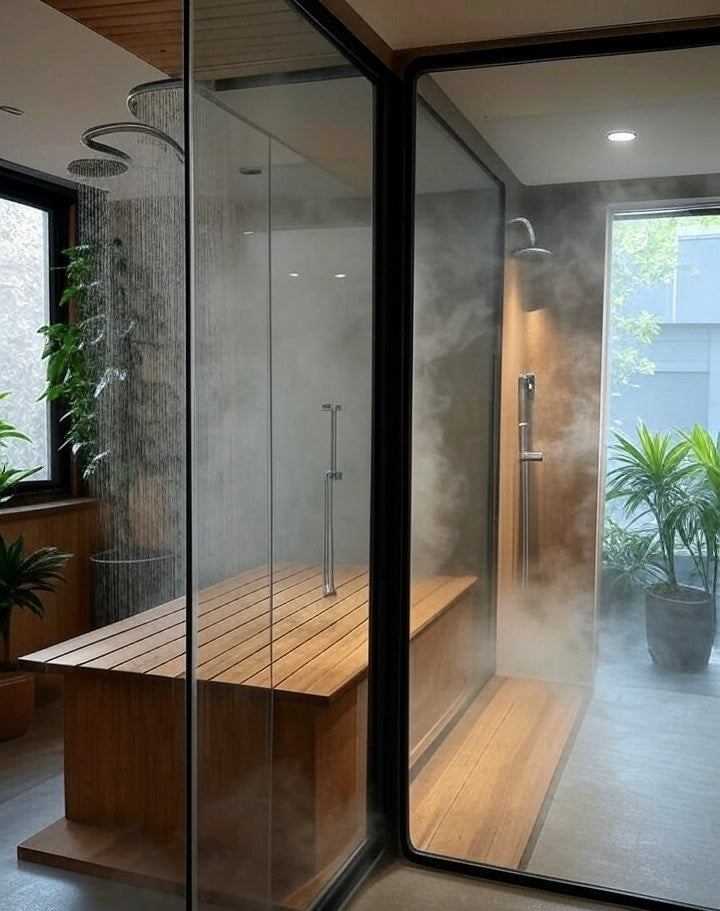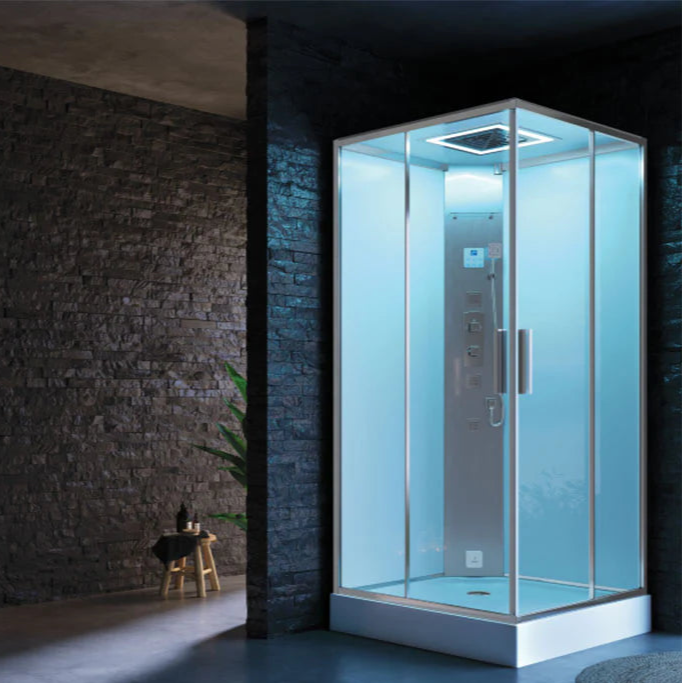Ever wondered why some brave souls wear socks in an Ice Bath? The short answer: to stop their toes from turning into tiny icicles! From Cold Plunge Tubs to the classic Ice Bath Tub, socks offer surprising comfort. Keep reading to learn how this quirky trick makes cold plunges bearable.

Why Your Feet Feel the Cold First: The Science Behind Foot Sensitivity in Ice Baths
Understanding Thermal Sensitivity
High Surface Area to Volume Ratio
Feet and toes have a large surface area compared to their overall volume.
This makes them lose heat quickly, especially when submerged in cold water.
Even short exposure in a Cold Plunge Tub can cause the temperature in your feet to drop fast.
Minimal Natural Insulation
Your feet don’t have much fat or muscle to keep them warm.
Compared to other parts of the body, they offer very little natural insulation.
This lack of protection makes them more sensitive during a cold plunge.
Peripheral Circulation Prioritisation
When exposed to cold, your body redirects blood flow to protect your vital organs.
This means less warmth reaches your extremities.
As a result, feet become cold faster and stay colder for longer.
The Impact of Cold Feet on Your Plunge
Extreme Discomfort and Pain
Feet often feel the cold first—and it’s not subtle.
The sharp, biting sensation can feel unbearable after only a minute or two.
This discomfort can ruin the entire experience if left unmanaged.
Distraction from Mindfulness and Breathwork
If your feet are screaming with pain, it's hard to focus on anything else.
This can make breathing exercises and mental calm nearly impossible during the session.
Prematurely Cutting Sessions Short
Many people exit the Ice Bath Tub early, not because their whole body is cold—but because their feet can’t handle it.
Cold feet can significantly reduce your exposure time and the benefits you gain.
Potential Risk of Cold-Related Injuries
Unprotected feet in extreme cold could face numbness or even frostbite with longer exposure.
It's a small risk, but one that socks can help avoid.
The Solution: How Socks (Especially Neoprene Booties) Transform Your Ice Bath
Key Benefits of Wearing Socks
Superior Thermal Protection and Insulation
Neoprene socks trap a thin layer of water between your skin and the sock.
Your body gently warms this layer, creating insulation to protect the feet.
This makes it much easier to tolerate the cold.
Enhanced Comfort and Pain Reduction
Socks dull the shock of the cold and reduce pain.
They make the plunge feel more manageable—especially for beginners.
Improved Safety and Grip
Most ice bath socks have textured or non-slip soles.
These help prevent slipping when stepping in and out of the bath.
It's a small touch that boosts safety significantly.
Prolonged Session Duration and Deeper Benefits
Warm feet let you stay in longer.
This gives your body more time to benefit from reduced inflammation and improved circulation.
It also means your mind can fully engage without being overwhelmed by discomfort.
Facilitating Focus and Mental Engagement
With warm feet, your brain can focus on breathwork, not survival mode.
This enhances the overall experience and helps you gain mental resilience too.
Choosing the Right Socks for Your Ice Bath
Recommended Materials
Neoprene is the top choice for Cold Plunge sessions.
It’s thick, flexible, and water-resistant.
Some wool or synthetic blends can help, but neoprene offers the best thermal protection.
Essential Features
Look for socks that include:
-
3mm to 5mm thickness
-
Snug fit to stop flushing water
-
Durable stitching
-
Non-slip soles for safety
These features ensure warmth, comfort, and long-lasting performance.
Considerations for Beginners and Experienced Plungers
Beginners often find socks help ease them into the cold.
They can also build confidence and allow longer plunges.
Experienced users might opt for thicker socks in colder months or extended immersions.
Integrating Foot Protection into Your Cold Plunge Routine

Practical Tips for Maximising Sock Effectiveness
Proper Sizing and Fit
A snug fit helps retain warmth and stops water from constantly flushing in.
Loose socks won’t insulate properly and may feel uncomfortable during use.
When to Consider Wearing Them
Wear socks during early practice, cold winter dips, or when aiming for longer durations.
They’re also helpful in very cold water—below 10°C, for example.
Care and Maintenance of Neoprene Gear
Rinse your socks after each session using cold or lukewarm water.
Avoid harsh detergents.
Air dry them completely before storing flat or hanging.
This keeps them hygienic and extends their lifespan.
Conclusion
Wearing socks in an ice bath might seem unusual, but it’s a practical way to increase comfort and safety.
With the right socks, you’ll last longer in the cold, focus better on your breathing, and gain more from every cold plunge session.
It’s a simple trick that turns a painful dip into a powerful recovery ritual.
Takeaways
-
Feet get colder faster due to their shape, lack of insulation, and blood flow.
-
Neoprene socks improve comfort and extend your time in the Cold Plunge Tub.
-
Socks reduce pain, increase focus, and make breathwork easier.
-
Proper fit and care are key to keeping your socks warm and long-lasting.
Try it out—your toes will thank you later!






